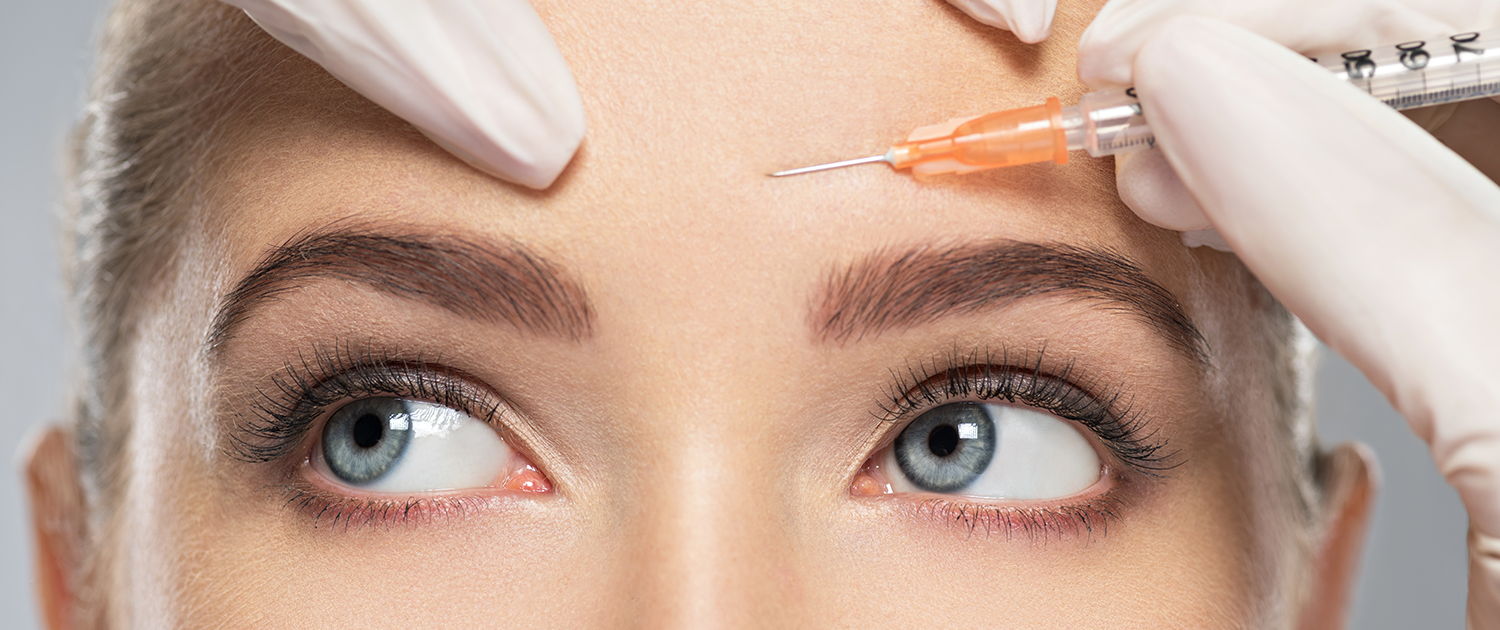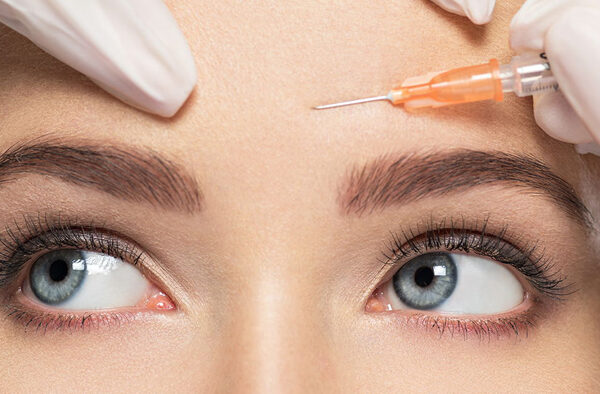AESTHETIC MEDICINE
Peeling
What is peeling?
Peeling, also called chemical exfoliation, is an aesthetic medicine treatment that has come into common use since the 1960s. Even then, works on trichloroacetic acid were published, but for many years the work of Baker and Gordon with their formula based on the phenol became synonymous with chemical peeling. Over the past 20 years, trichloroacetic acid has been discovered as an exfoliating agent. This discovery aroused considerable interest and became popular. Trichloroacetic acid has become the acid of choice for surface and medium depth chemical peels. Unlike many chemicals, this has no systemic toxicity, nor has any allergic reaction been reported. A deep trichloroacetic acid peeling can create hypopigmentation, but this is less important than what you can have with a phenol peeling TCA is considered a treatment for sun damaged skin.
Who is it suitable for?
Superficial and medium peels obtain better results on skin that has signs of actinic elastosis, i.e. skin chronically exposed to the effect of the sun. Typically the ideal patient is a female patient with thin skin and fair complexion. The more superficial treatments generally can be performed on most patients.
What are the types of peels?
Peels are classified according to the depth of action into superficial, medium and deep.
- Superficial: they remove some or all of the epidermal cells up to the basal layer or the dermal-epidermal junction. These are intraepidermal or epidermal
- Medium depth, which destroy or remove tissue up to the level of the papillary dema (i.e. the most superficial dermis)
- Deep: they destroy or remove the tissue up to the level of the reticular dermis.
This classification is important as it allows the choice of the appropriate depth according to the depth of the skin lesions. This classification allows to have a basic safety criterion, since the risks of complications increase with the depth of peels. For example, a superficial treatment does not cause hypopigmentation or scarring, while these ptoblems are possible with more aggressive treatments. TCA peels can be superficial, medium or deep.
All patients who have to undergo a peeling of medium and superficial depth need a good skin preparation. The aim is to prepare the skin so that the peel solution is then absorbed evenly and can stimulate the skin to heal faster after the peel injury. Retin A proved to be an excellent preparation agent. This thins the stratum corneum allowing better penetration of the chemical agent of the peeling and accelerates the re-epithelialization of the skin after peeling
MEDICINA ESTETICA
Are you interested in Aesthetic Medicine?
When do I use a superficial / medium? / Deep peel?
The procedure for a superficial, medium, or deep TCA peel is very similar, although the depth of the peel depends on many factors, including:
- The patient’s skin type
- How the skin was prepared
- How the acid is applied (if brushed or made to penetrate deeply into the skin)
- How many layers of acid are applied
- How wet the cotton swab is with acid each time
The most important factor is the concentration of trichloroaetic acid. If the other variables are kept as constant as possible, the concentration of trichloroacetic acid becomes the fundamental factor in the depth of the peeling. Therefore the preparation of the skin must be the same for both superficial and medium peels.
What does the procedure consist of?
The procedure can be performed in our clinic. Once the skin has been cleansed, the patient should lie down on the bed with the head elevated about 45 °. This angle makes the patient more comfortable and completely lying down and also seems to decrease the sensation of heat resulting from the peeling. The acid can be applied to the skin with a brush or a cotton swab or with square gauze with a side of 2 cm. Since it is often necessary to get the TCA to penetrate the skin, the brush is not a very effective means, and gauze can be used. After the first application, the patient can cool off. Once I have observed the frost that develops in the area just treated, I proceed to treat the other areas.

After the treatment, the patient can wash herself without rubbing her face.
Is it painful?
When the TCA is applied to the skin there is a burning sensation that lasts for a few minutes; The intensity of the burning varies from patient to patient, also depending on the concentration of TCA used. Normally the burning sensation is moderate and patients do not need any anesthesia or sedation. TCA is like a chemical coagulator, which burns proteins inside the skin. This underlies the formation of the white frost that is seen when TCA is applied to the skin. The deeper the peeling, the faster and more intense the whiteness of the frost. The intensity of the frost and the associated skin edema are useful for judging the depth of the peeling.
The levels of frost that forms after a superficial or medium peel can be classified into four groups:
- no frost (level 0) the skin may appear translucent and shiny, but there is no frost, so the erythema is minimal or nonexistent. This is a very superficial peel that can only remove the stratum corneum
- a slight uneven forst (level 1 frost). In addition to its shiny appearance, the skin shows some signs of erythema and some scattered areas have small areas of white frost. This is the superficial epidermal peeling that causes slight peeling for 2-4 days
- white and pink frost (level two frost). The skin has a uniform white color but there is a strong pink background color. This is the full-thickness epidermal peeling that heals in about 5 days
- solid white frost (level 3 frost) The skin shows a compact, intense frost, without any pink background area. This is the peeling that extends deeply to the papillary dermis and takes 5/7 days to heal.
These levels of fros vary from patient to patient but ensure a general treatment scheme.
What are the indications after the treatment?
The crusts that are noticed after some treatments protect the new underlying tissue: they should not be removed to avoid erythema, infection and hyperpigmentation and unfavorable scarring. It should be taught to use a mild soap to wash the face and gently dry the face after the gentle lather. When applying creams or ointments it is necessary to make sure that the product penetrates well into the skin rather than rubbing
Some rules are to be followed during the healing phase:
- No exposure to the sun
- No physical exercise with profuse sweating
- Avoid direct shower water jet on the face
- Do not pinch, rub or touch your face unnecessarily
- Try to sleep on your back


